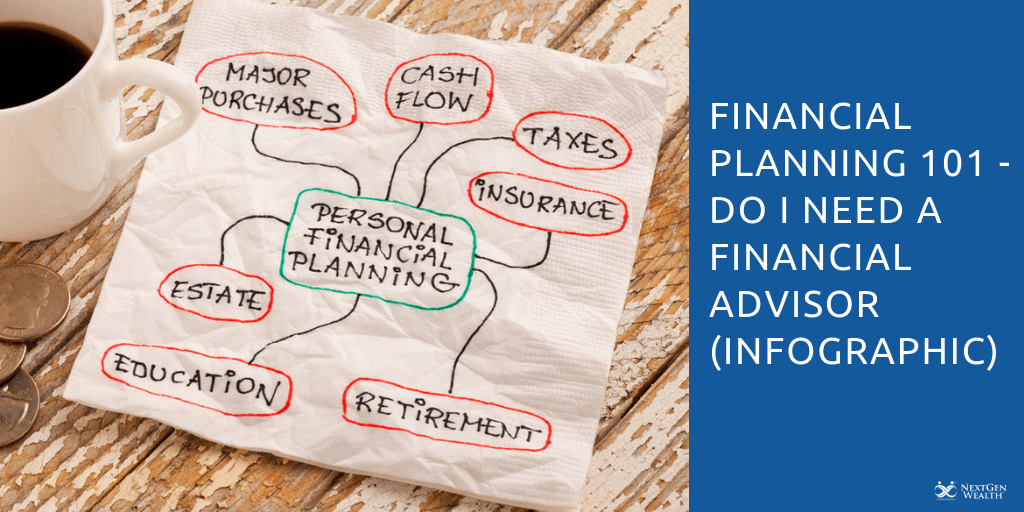What You Should Understand About Community Bonds In Property
What You Should Understand About Community Bonds In Property
Blog Article
Write-Up Developed By-Block Park
When it concerns navigating the complexities of the property market, comprehending the ins and outs of neighborhood bonds is essential. From guaranteeing compliance with regional guidelines to meeting framework commitments, these bonds hold substantial value in advancement projects. Yet what exactly are the complex details behind neighborhood bonds and how do they impact numerous stakeholders in the property market? Allow's uncover the basics that can help you make notified choices and effectively browse the realm of subdivision bonds in real estate.
Function of Community Bonds
Understanding the purpose of community bonds is vital for real estate developers aiming to abide by neighborhood regulations and make sure financial responsibility. These bonds function as a type of assurance to local districts that the necessary infrastructure enhancements will be completed by the designer.
By posting a subdivision bond, you're basically assuring to complete the called for public improvements, such as roads, walkways, and utilities, within the defined timeframe.
As a programmer, protecting a community bond demonstrates your commitment to satisfying your obligations and protecting the area's passions. It supplies assurance to the city government that the proposed neighborhood will not end up being a burden on taxpayers if the project is left incomplete. Furthermore, having a subdivision bond in position can enhance your online reputation in the industry and develop trust fund with stakeholders.
Types of Community Bonds
Separate between the various kinds of subdivision bonds to establish which best fits your project's needs. There are 3 primary kinds of community bonds frequently used in the property market: Performance bonds, payment bonds, and maintenance bonds.
go to this website make sure that the designer completes the class in accordance with the accepted strategies and policies. If the designer fails to do so, the bond will certainly cover the costs to complete the job. Repayment bonds ensure that all subcontractors and suppliers are spent for their service the neighborhood. If https://howmuchdoesitcosttostarta84051.bleepblogs.com/35999096/explore-a-realm-where-innovations-in-innovation-and-lasting-methods-transform-the-concept-of-performance-assurances-offering-understanding-into-the-future-of-managing-dangers on repayments, this bond gives economic protection to those parties. Upkeep bonds, on the other hand, make certain that the programmer preserves the neighborhood facilities for a specified period after completion. This bond covers any repairs or upkeep called for during that time.
Recognizing the differences in between these kinds of neighborhood bonds is crucial in selecting one of the most appropriate one for your particular job requirements. Each kind serves a distinctive function and uses various types of protection, so it's vital to assess your project's needs carefully before deciding.
Needs for Community Bonds
To make certain conformity with regulations, designers looking for subdivision bonds must satisfy particular demands set by regulatory authorities. These needs are important for the effective issuance of neighborhood bonds. Below are the key requirements you need to fulfill:
- ** Financial Stability **: You must demonstrate financial security and the capability to cover the costs related to the subdivision task.
- ** Experience and Performance History **: Having prior experience in realty development and a positive performance history can increase your possibilities of receiving a class bond.
- ** Compliance with Zoning Laws **: Ensuring that your class intends align with regional zoning regulations and guidelines is vital for bond approval.
- ** Environmental Effect Evaluation **: In some cases, you might require to perform an ecological effect analysis to examine the project's results on the atmosphere and attend to any kind of problems.
Fulfilling these needs is essential for getting a class bond and progressing with your realty development job.
Conclusion
Since you understand the relevance of community bonds in the real estate industry, bear in mind that they resemble a safety net for both developers and neighborhoods.
Much like a safety harness keeps a tightrope pedestrian safe, neighborhood bonds guarantee that tasks are completed responsibly and in compliance with regulations.
By choosing the best bond and meeting all requirements, you can navigate the realty landscape with self-confidence and assurance.
